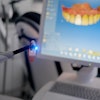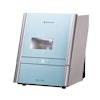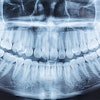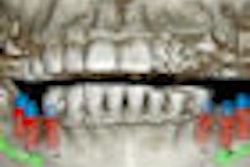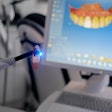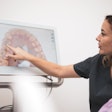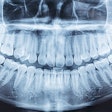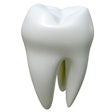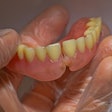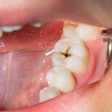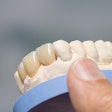Dear Imaging & CAD/CAM Insider,
Is standardization the key to the future of digital dentistry? That is what a growing number of dental CAD/CAM companies believe. So far four of them have joined forces with Dental Wings to adopt the software and scanner firm's open-platform operating system into their CAD/CAM systems, with an eye toward making these devices more flexible and user-friendly.
Read more about Dental Wings and its standardization efforts in this latest Imaging & CAD/CAM Insider Exclusive.
In a related story, while light-based intraoral scanning systems offer many advantages over conventional impressioning techniques, they still have one great disadvantage: Moisture, blood, and saliva can get in the way, making subgingival margins difficult to capture. A German research team is working to overcome these issues with a totally different kind of scanner. Read more.
Another imaging technology new to dentistry -- magnetic resonance imaging (MRI) -- is showing promise in endodontics, according to a study in the Journal of Endodontics. The SWIFT MRI system was able to identify the presence and extent of dental caries and fine structures of the teeth, including cracks and accessory canals, better than existing imaging modalities, the technology's developers reported.
In other imaging research, can antioxidants already present in the human diet protect against genotoxic damage induced by exposure to x-rays? That is the contention of a new study in Dentomaxillofacial Radiology. But a leading imaging expert cautions that more research is needed.
Meanwhile, image artifacts such as noise, scatter, and beam hardening are facts of life in the 2D and 3D imaging world. But many dental practitioners remain unaware of them and the impact they can have on diagnostic accuracy. Click here to read about the most common artifacts and what equipment manufacturers are doing to overcome them.
And in our ongoing Leaders in Dentistry series, Stuart White, DDS, PhD, former chair of the oral radiology department at the University of California, Los Angeles and a pioneer in the development of selection criteria for dental radiography, recently spoke with DrBicuspid.com about growing concerns over radiation exposure from diagnostic imaging and what dental practitioners can do to ensure patient safety.
In related news, the Radiological Protection Institute of Ireland has published two new position statements for users of dental x-ray equipment that amend its Code of Practice for Radiological Protection in Dentistry.
Finally, the U.S. Food and Drug Administration has issued a draft guidance that would relax the agency's requirements for 510(k) marketing clearance of certain medical devices, including some radiology products used in dentistry. Click here to read more, or visit the Imaging & CAD/CAM Community.
